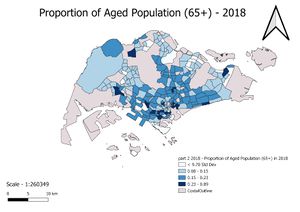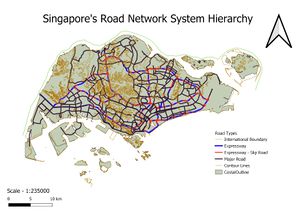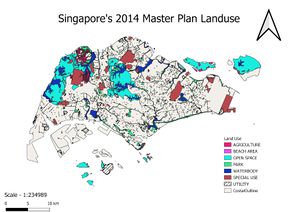Difference between revisions of "SMT201 AY2019-20T1 EX1 Ong Krystal"
Jump to navigation
Jump to search
| Line 1: | Line 1: | ||
| − | + | [[File:KO jpg Aged Population (65+) - 2018.jpg|thumb|center|Aged Population 2018]] | |
| − | |||
| − | + | [[File:KO jpg Percentage Change of Aged Population.jpg|thumb|center|Percentage change between 2010 and 2018]] | |
| − | |||
| + | [[File:KO jpg Proportion of Aged Population - 2018.jpg|thumb|center|Proportion of Aged Population in 2018]] | ||
| − | + | [[File:KO jpg Proportion of Aged Population (65+) - 2010.jpg|thumb|center|Proportion of Aged Population in 2010]] | |
| − | + | [[File:KO jpg Singapore Road Network System Hierarchy.jpg|thumb|center|Road Network distribution]] | |
| − | |||
| − | + | [[File:KO jpg Singapore's Master Plan Landuse.jpg|thumb|center|Landuse distribution]] | |
| − | |||
| − | |||
| − | |||
| − | |||
| − | |||
| − | |||
| − | |||
| − | |||
| − | |||
| − | |||
| − | |||
| − | |||
| − | |||
| − | |||
| − | |||
| − | |||
| − | |||
| − | |||
| − | |||
| − | |||
| − | |||
| − | |||
| − | |||
| − | |||
| − | |||
| − | |||
| − | |||
| − | |||
| − | |||
| − | |||
| − | |||
| − | |||
| − | |||
| − | |||
| − | |||
| − | |||
| − | |||
| − | |||
| − | |||
| − | |||
| − | |||
| − | |||
| − | |||
| − | |||
| − | |||
| − | |||
| − | |||
| − | |||





